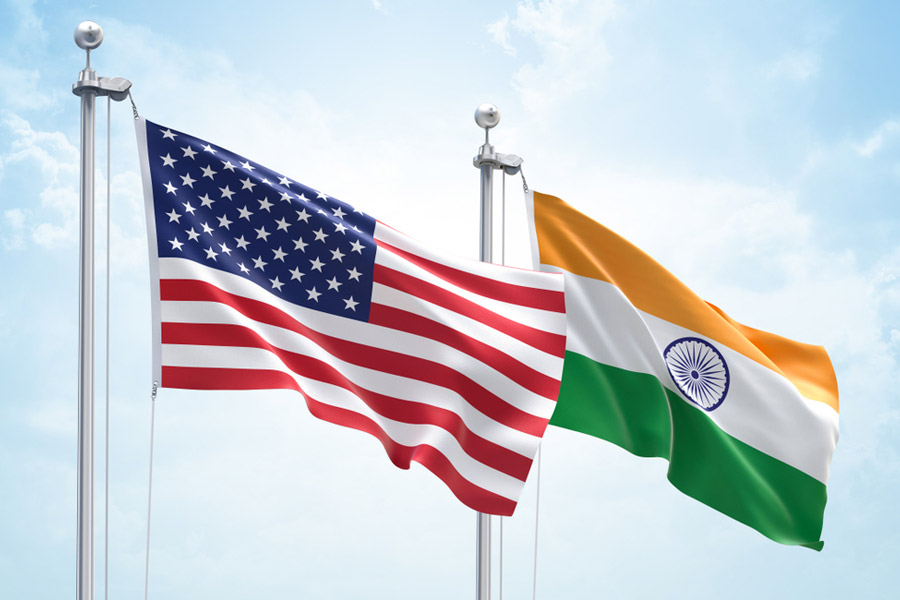The proof of the effectiveness of a government programme lies in its ability to transform public life. It must be said that the Narendra Modi government’s Digital India initiative, an endeavour to make India take giant strides on the digital landscape that has completed a decade, has been a success in some aspects. For instance, it is now possible for the aam aadmi to purchase commodities — luxuries and necessities — through the Unified Payments Interface, one of the key accomplishments of Digital India. Little wonder then that over Rs 8,375 crore UPI transactions worth Rs 139 lakh crore were processed in FY 2023, up from Rs 92 crore transactions in FY 2018. Internet penetration has risen too, rising from 250 million in 2014 to over 970 million two years ago. Then, there is the phenomenon of direct benefit transfers: DBT has helped facilitate the transfer of Rs 44 trillion directly to citizens, plugging leakages in the process. The shift of health services onto the digital platform — telemedicine — availability of public services through digital means, amplification of digital literacy and e-governance, among other transitions, remain at the core of India’s digital delivery mechanism.
But a decade is also a good time to take stock of the hurdles that continue to plague the Digital India enterprise. One of the foremost challenges is the rural-urban divide when it comes to access to and quality of digital services. National Sample Survey Office data suggested that 24% of rural households had quality access to the internet; the corresponding figure of internet penetration in urban areas was 66%. A deeper digital imprint has also brought about such challenges as cyber crimes and other fraudulent activities. In fact, India, according to an estimate, was the second-most targeted nation in global cyber attacks with 95 Indian entities facing data theft assaults last year. Digital arrest scams have also grown three times between 2022 and 2024. Low public awareness about such threats adds to the challenge. The other area of concern is data privacy. Despite the existence of relevant legislation — the Digital Personal Data Protection Act is an example — people’s ideas and practices remain sketchy at best, opening up avenues of malpractices. Digital India, thus, has been a qualified success.










